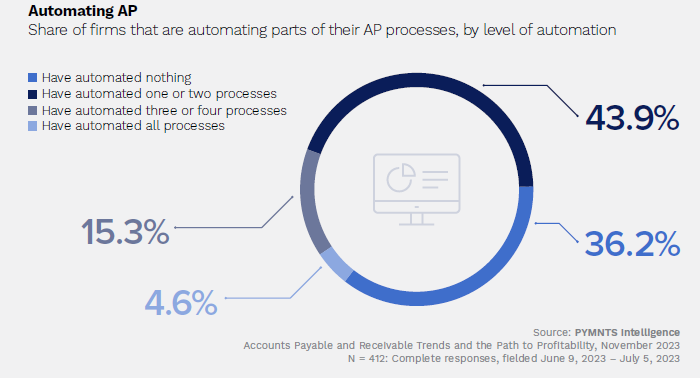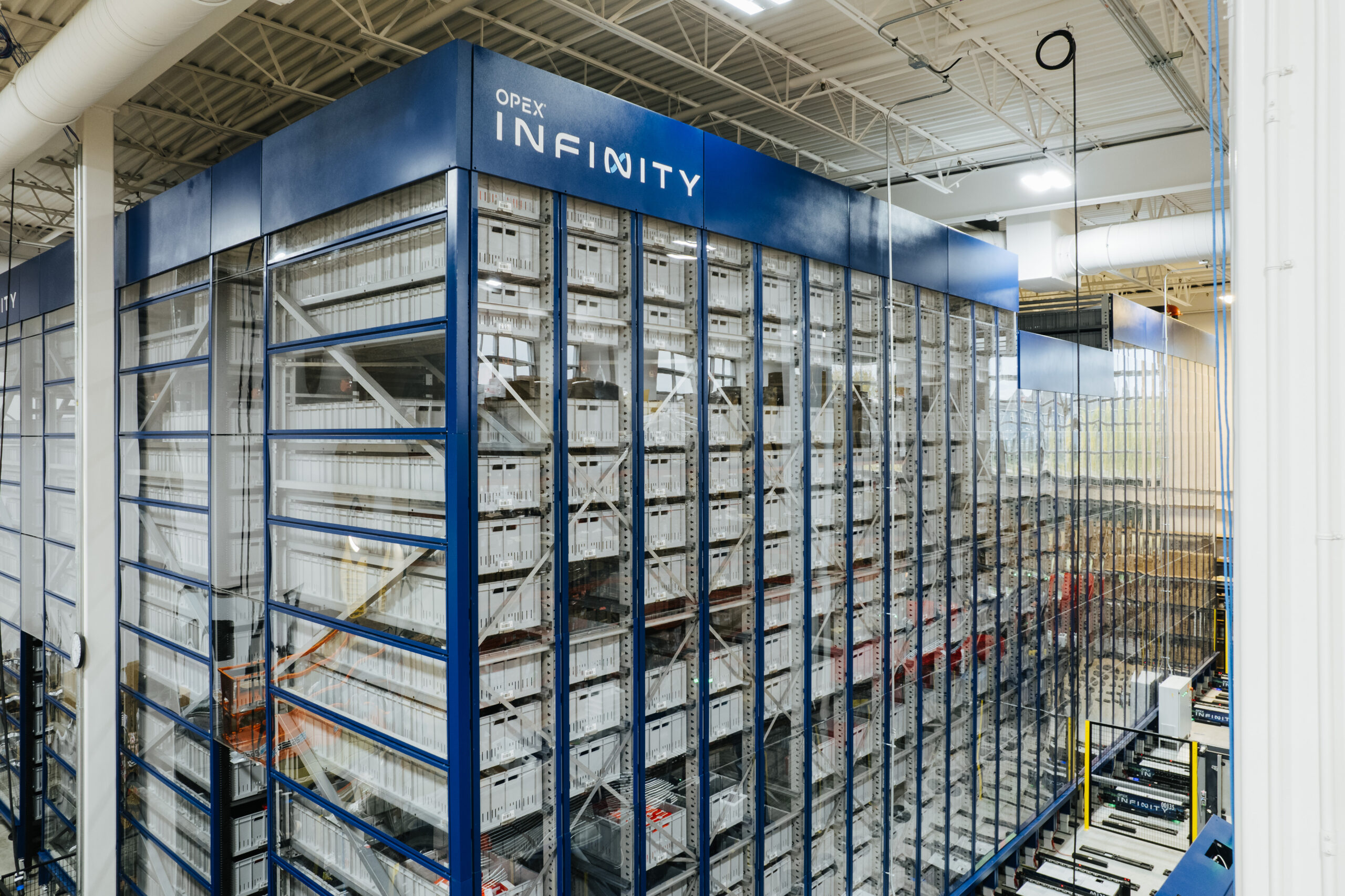Automation was already expected to wipe out millions of jobs. The pandemic has accelerated their demise.
Nearly 9 million workers switched occupations during the health crisis – from 2019 to 2022 – 50% more than in the prior three years, according to a new study by McKinsey Global Institute.
Most left low-wage jobs in food services, customer service, office support and production. Meanwhile, high-wage positions grew in fields such as science, technology, health care, business, legal and management, the report says.
By 2030, another 12 million workers are likely to change jobs as low-wage positions continue to dwindle and higher-paying professional roles flourish. All told, that would amount to 25% more occupational shifts in the 2020s than McKinsey predicted just two years ago.
“This is an opportunity to help drive upwards economic mobility if we can solve mismatches and connect workers with the training they need for these roles,” says Saurabh Sanghvi, a McKinsey partner and coauthor of the report.
Generative artificial intelligence is hastening the effects of automation but will likely alter the nature of professional jobs rather than eliminate them, at least in the short term, the study says.
The far-reaching transformation of the labor market is likely to require a big ramp-up in training programs and new hiring practices, the study says.
What is the effect of COVID-19 on the workforce?
COVID has driven the faster timetable. Many customer-facing jobs, such as in food service and office support, are going away as Americans shift purchases to e-commerce and fewer workers come to offices. Such industries will account for 10 million of the 12 million occupational changes.
By 2030, employment is projected to fall by 1.6 million for clerks, 830,000 for retail associates, 710,000 for administrative assistants and 630,000 for cashiers. All those jobs involve repetitive tasks that could be replaced by automation, the report says.
So far, openings for such low-wage jobs have actually increased recently but that’s because many workers in those fields are quitting and fewer are taking positions.
Meanwhile, managerial and professional jobs paying more than $57,000 a year have grown by about 3.5 million since the pandemic.
But it doesn’t necessarily mean workers in lower-paying fields are climbing to higher levels.
“It is unclear how many higher-paying roles were filled by people who moved up and how many were filled by new entrants to the labor force,” the study says.
What is generative AI?
Generative AI is turbocharging the effects of automation. While AI analyzes data to make forecasts, generative AI can identify patterns to create new content, such as software code, products, images, video and conversations, in the case of ChatGPT.
That means automation will affect more types of jobs, including professional, technical and managerial positions. But rather than replace jobs, generative AI should allow workers to do more creative, higher-level tasks, the study says.
“When managers automate more of their administrative and reporting tasks, for example, they can spend more time on strategic thinking and coaching,” the report says. “Similarly, researchers could speed up projects by relying on automation tools to sort and synthesize large data sets.”
Even without generative AI, automation was projected to take over tasks accounting for 21.5% of hours worked by 2030. With the new technology, that share has jumped to 29.5%, the study says.
Generative AI, and automation broadly, should provide a big boost to productivity, or output per worker, the study says. That should mean a faster-growing economy that ultimately bolsters hiring, though probably in new occupations.
But workers must receive the training needed to land better jobs and skilled workers must be connected to jobs in other parts of the country, the study says. Rather than focus on credentials, employers should evaluate candidates “on their capacity to learn, their intrinsic capabilities, and their transferable skills,” the study says.










